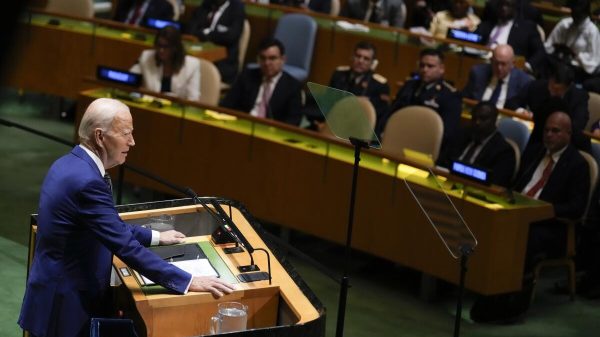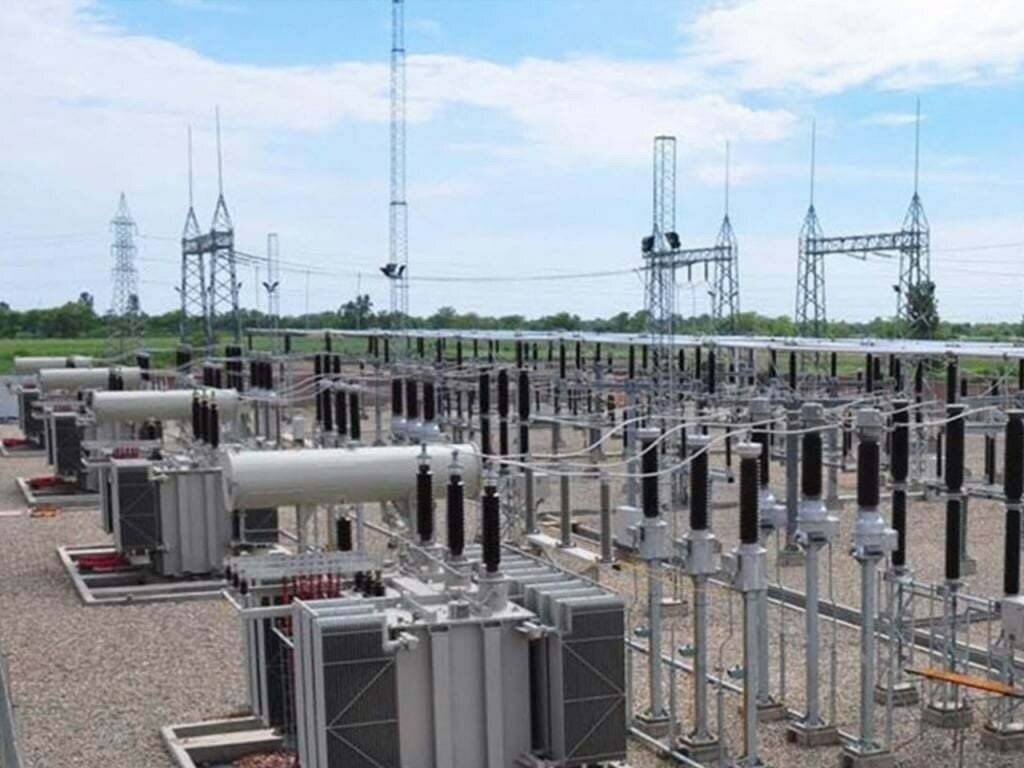The Federal Communications Commission (FCC) is setting the stage for a pivotal vote on April 25 to bring back the net neutrality rules dismantled in 2017 during the Trump administration.
These regulations prevent internet service providers from discriminating against online traffic by slowing it down, blocking it, or creating paid prioritization for faster lanes.
This move has stirred debate within the telecom industry, with major players expressing strong opposition. Jonathan Spalter, CEO of USTelecom, a group representing giants like AT&T, Verizon, and SpaceX, criticized the plan as unnecessary and detrimental to consumers.
Similarly, NCTA – The Internet & Television Association, which counts Comcast among its members, warned that reinstating these rules could endanger broadband expansion in rural and underserved areas and predicted prolonged legal battles and instability.

Telecom Sector (Credits: The Sunday Guardian)
Despite these concerns, the FCC, led by Chair Jessica Rosenworcel, is pushing forward with plans to reassert regulatory control over broadband internet—a stark reversal from the deregulatory approach taken under the previous administration. This effort aligns with President Joe Biden’s commitment to restoring net neutrality as a cornerstone of his digital policy.
The debate extends beyond the telecom industry, drawing in various stakeholders. The Computer & Communications Industry Association, representing tech behemoths like Amazon.com, Apple, Alphabet, and Meta Platforms, has supported the FCC’s proposal. They argue that open access to the internet is essential for its preservation.

Jonathan Spalter (Credits: NextTV)
On the political front, the response has been predictably divided. Republican Senator Ted Cruz criticized the proposed rules for potentially stifling innovation and escalating costs.
At the same time, Democratic Senator Ed Markey championed them as crucial for safeguarding a free and open internet and reaffirming the FCC’s oversight of broadband services.
As the FCC gears up for the upcoming vote, the future of net neutrality hangs in the balance, heralding implications for how Americans access and experience the internet.























